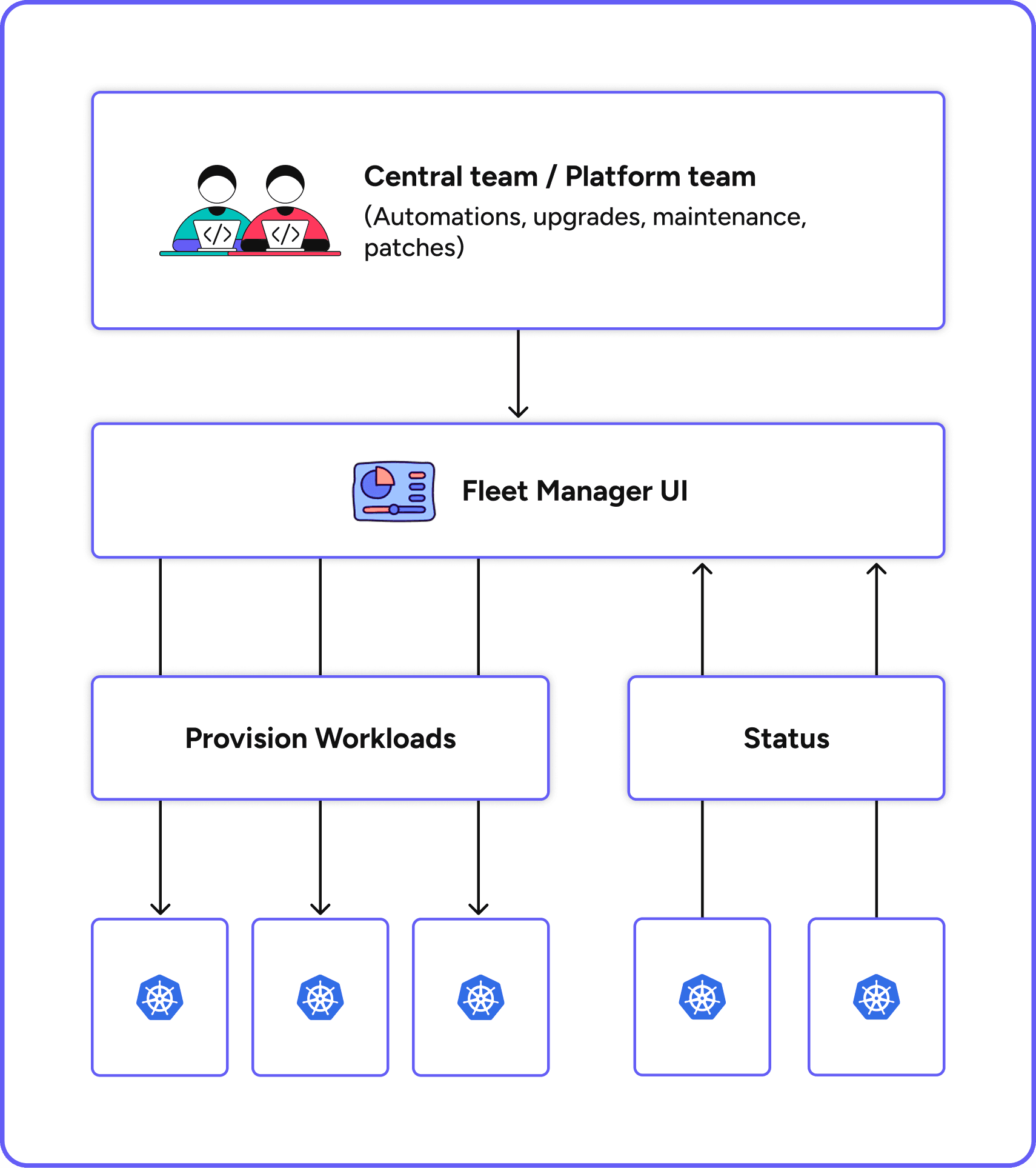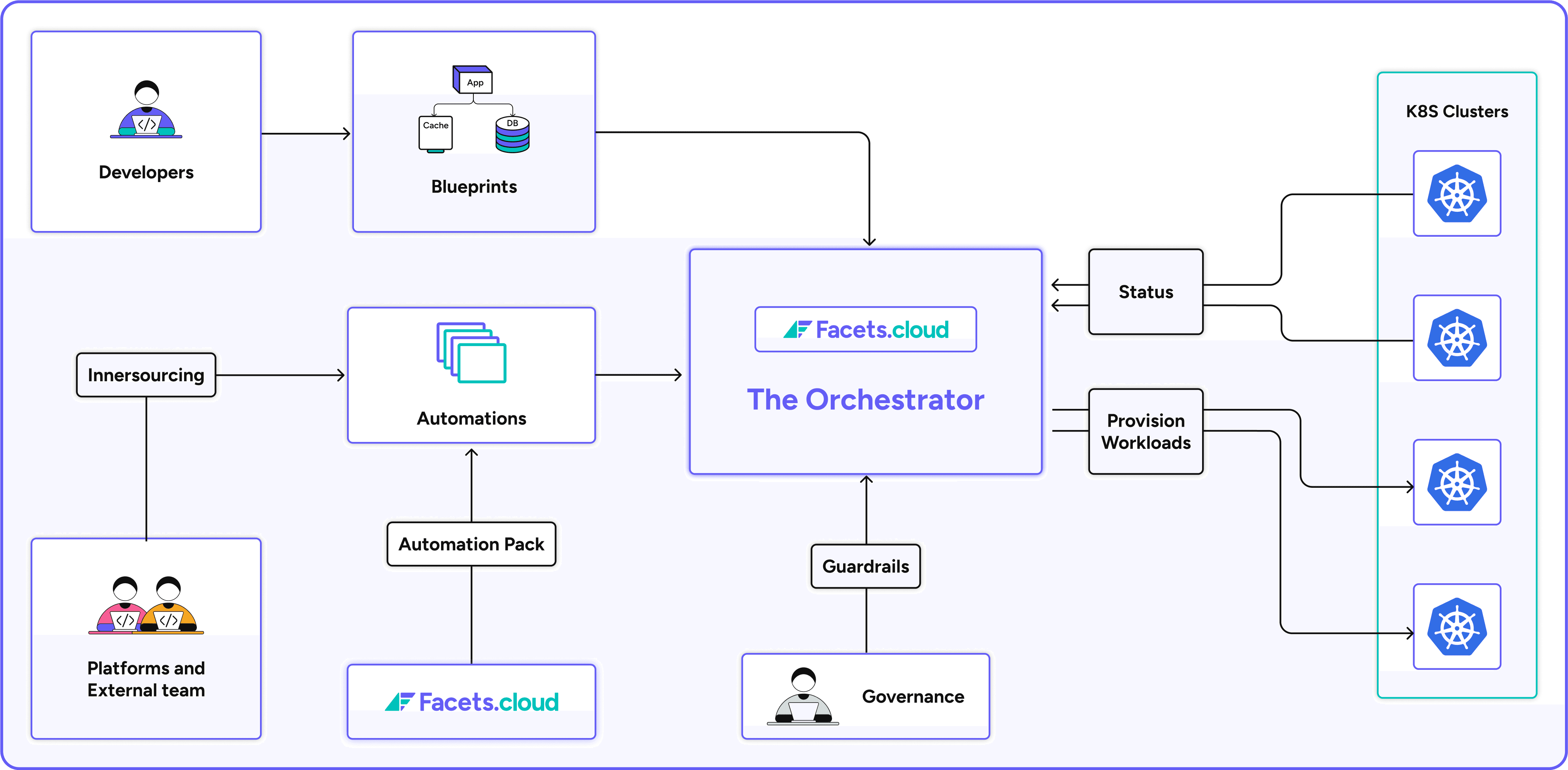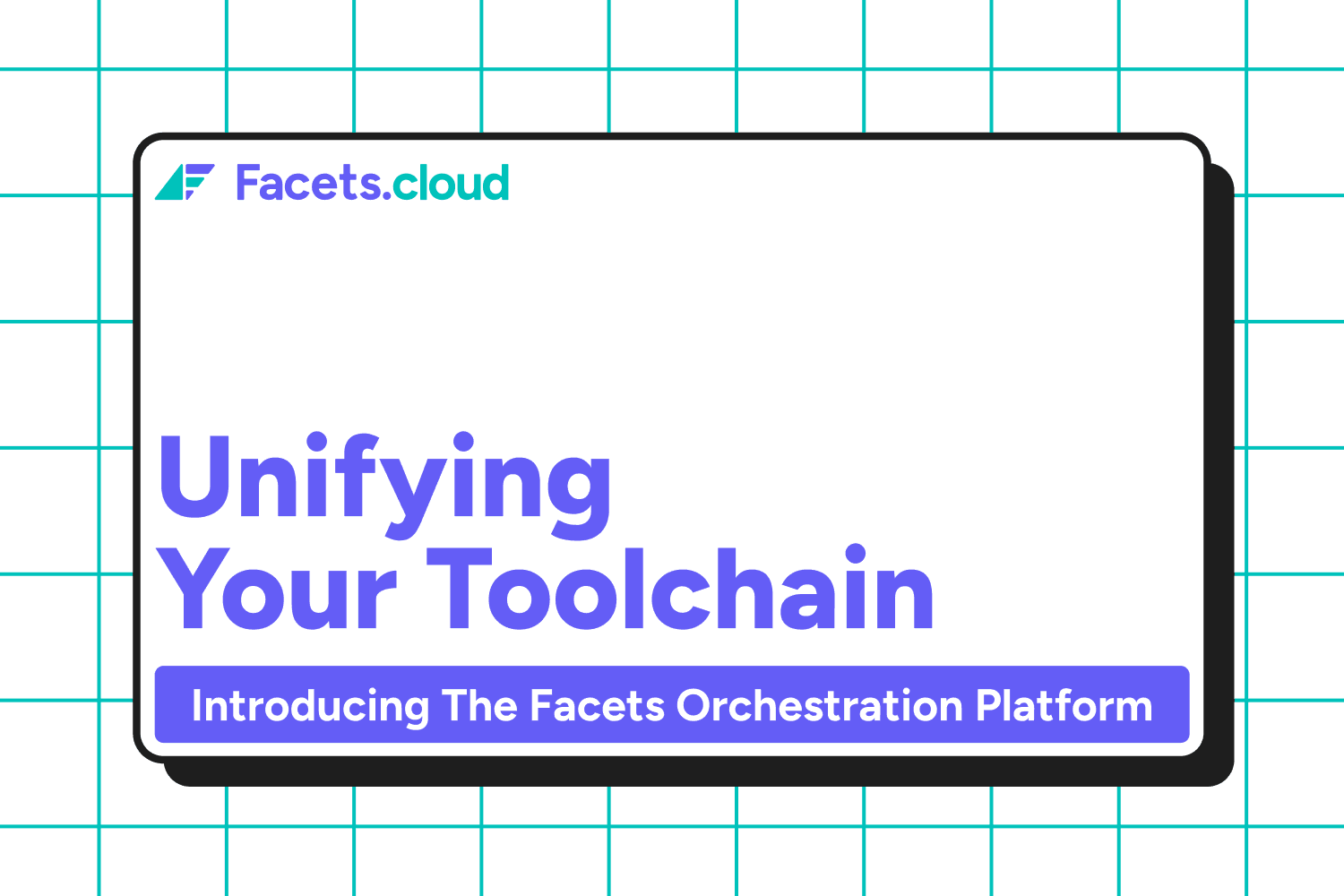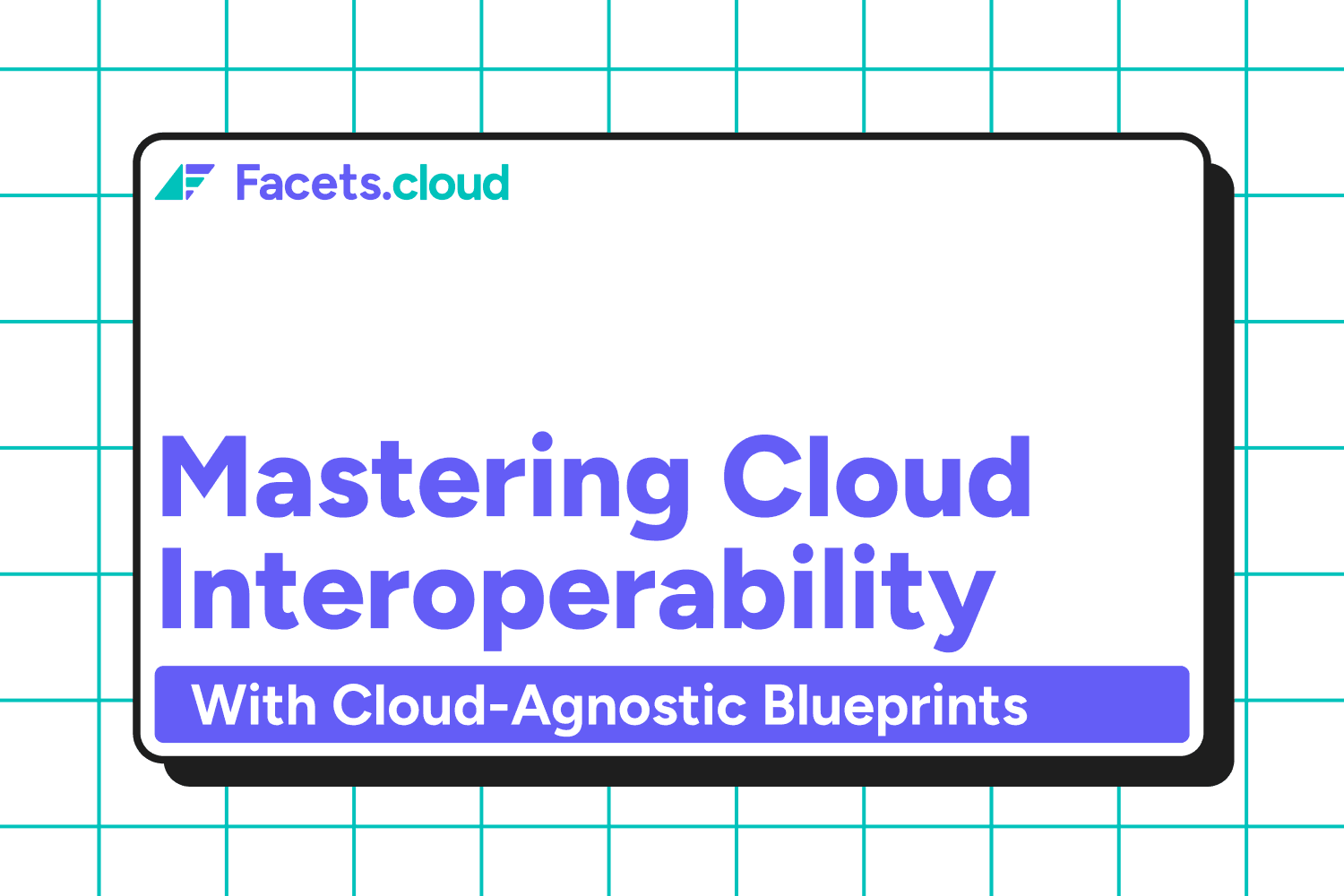As Kubernetes adoption grows, organisations find themselves managing not just one or two clusters, but entire fleets; spanning regions, clouds, and distributions. What was once a single-cluster concern is now a multi-cluster operational challenge. Teams need to provision clusters rapidly, manage configuration drift, standardise deployment workflows, and ensure security and compliance across all environments.
This is the domain of Kubernetes fleet management. And it's becoming a major challenge.
What is Cluster Fleet Management?

At its core, cluster fleet management involves using a specialised set of tools and processes to oversee the entire life cycle and state of multiple Kubernetes clusters. This includes key capabilities like deploying and upgrading orchestration software and distributing containerised applications and operational policies across these clusters. Think of it as managing a fleet of ships rather than just a single vessel.
Why Does This Matter?
Managing multiple clusters is more than just a technical detail; it has a significant business impact. Successful digital transformation often requires the scalability, resilience, and elasticity that cloud-native technologies provide. Cluster fleet management is a crucial technical consideration for organisations aiming to sustain or accelerate their growth in digital products because many such technologies rely on containers and Kubernetes.
Furthermore, the approach an organisation takes to manage its cluster fleet can directly affect hybrid and multi cloud initiatives, the resiliency of containerised workloads, and even the design of developer workflow.
Some key challenges in Kubernetes fleet management:
Kubernetes lacks a standard for distributing its functionality across multiple clusters.
Open-source fleet management tools are still maturing, and commercial tools often introduce vendor lock-in.
Managing deployments across heterogeneous Kubernetes distributions is difficult, tools are limited, and developer workflows struggle to account for the differences.
These challenges often push organisations to centralise control but that’s where things start to break down.
The Centralised Approach: Control, but Not Scalability

A centralised fleet manager attempts to own and operate every cluster, enforce top-down policies, and drive deployments from a central system. While this offers consistency in theory, it fails in practice:
Central teams become bottlenecks.
Each new cluster adds operational overhead.
Local differences in Kubernetes distributions cause workflows to break or require custom handling.
As the number of clusters grows, so does the complexity and the fragility.
The Platform-Engineering Approach: Federated Autonomy with Guardrails
Instead of centralizing control, platform engineering decentralizes execution with the right abstractions and guardrails.
Platform teams build reusable automation modules for provisioning and operating clusters. These modules define standards for networking, security, observability, and more. Teams can then use these modules to compose blueprints for their applications, defining everything needed to run safely and consistently across clusters.
This approach embraces heterogeneity. Differences between distributions and environments are abstracted away. And since blueprints are versioned and templatized, platform teams can control how much drift is allowed enabling controlled divergence where necessary.
How Facets Enables This

Facets.cloud is purpose-built for this model. Platform teams create automation modules once and make them available to the organisation. Development teams can then use these modules to compose blueprints for their application environments.
With Facets:
Platform teams don’t manage clusters directly. They manage automation.
Developers don’t submit tickets. They self-serve environments through approved automations and templates.
Heterogeneous fleets are normalised through shared standards, without necessarily enforcing uniformity.
Controlled drift across environments is explicit and visible, not accidental.
Conclusion
Fleet management doesn’t scale by trying to control every cluster. It scales when platform teams codify their expertise into automation and empower teams to move fast within well-defined boundaries.
Facets.cloud makes this possible:
You don’t manage clusters but you enable teams to manage environments.
Book a demo now and see firsthand how Facets can change your Kubernetes fleet management approach, reduce operational overhead, and empower your teams to move faster within well-defined boundaries.


